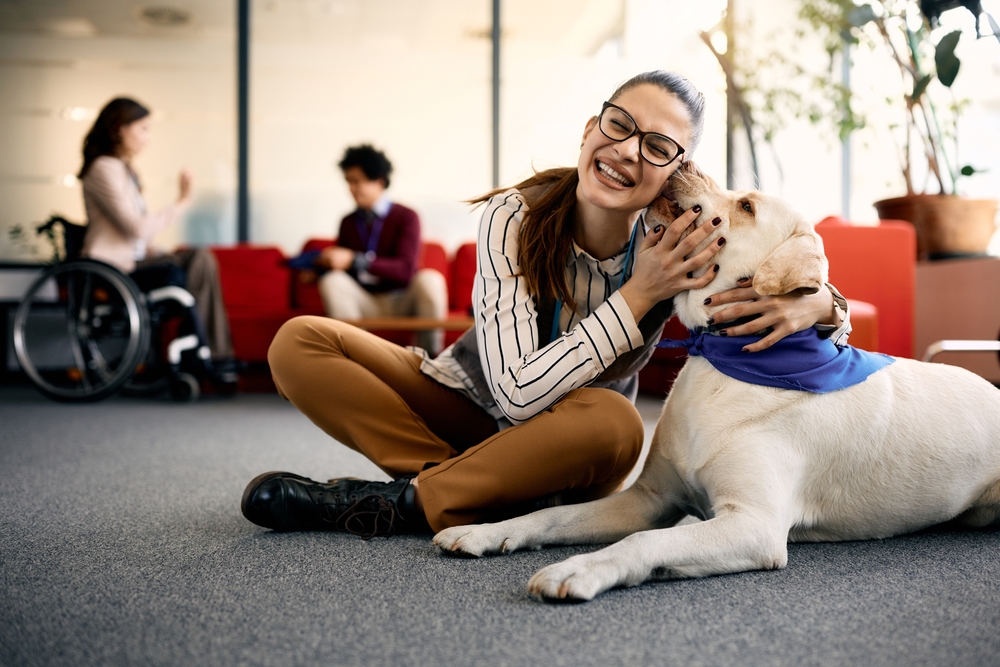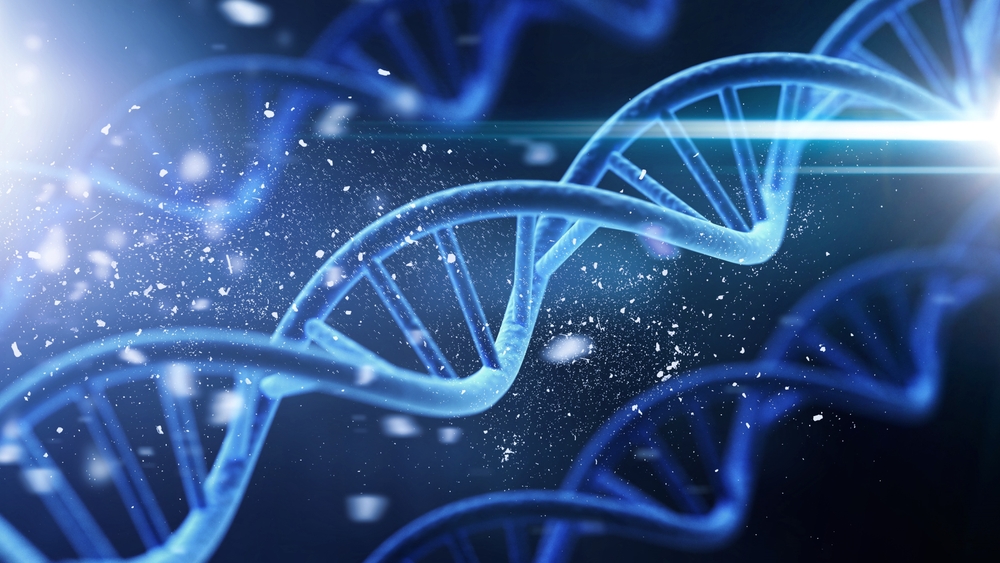Unfolding the World of Animal Assisted Therapy: A Hope for Mental Health
For centuries, humans have discovered solace and healing in the company of animals. Today, this bond is being studied more scientifically as Animal-Assisted Therapy (AAT). AAT is providing a new perspective on mental health treatment, creating a ripple effect in the wellness industry. Let's delve into the history, current trends, and potential impacts of this unique therapy.

Understanding Animal-Assisted Therapy
Animal-Assisted Therapy or AAT is a therapeutic intervention that incorporates animals, such as horses, dogs, cats, and rabbits into the treatment plan. The practice originated in the 18th century, when the York Retreat in England used animals to help patients with mental illness. In the 20th century, the American child psychologist, Boris Levinson, popularized the idea with his work involving his dog ‘Jingles’ in his therapy sessions.
Animal-Assisted Therapy in the Modern Age
In recent years, AAT has seen a surge in popularity. It is now widely used in hospitals, prisons, schools, and rehabilitation centers. The therapy is beneficial in treating a plethora of mental health issues, including anxiety, depression, PTSD, and autism. The presence of animals during therapy sessions instills calmness, boosts mood, and fosters a sense of responsibility in patients.
The Economic Impact of AAT
With the rise in mental health issues globally, the demand for AAT is steadily increasing. The global AAT market is expected to reach $2.34 billion by 2025, growing at a CAGR of 6.1%. A single session of AAT can cost anywhere from $20 to $250, depending on the type of therapy and the professional’s expertise.
The Science Behind AAT
The effectiveness of AAT is not just anecdotal; several studies back its benefits. Research indicates that interaction with animals can lower blood pressure, reduce stress hormones, and increase levels of social interaction. The act of petting an animal stimulates the release of endorphins, promoting a sense of comfort and happiness.
AAT: The Future of Mental Health Treatment?
While AAT shows immense potential, it is essential to note that it is not a standalone treatment. It is most effective when used in combination with traditional therapy methods. However, with more research and acceptance, AAT could become a significant part of mental health treatment in the future.
In conclusion, Animal-Assisted Therapy has come a long way from its humble beginnings. As we continue to understand the profound impact animals can have on our mental well-being, the potential for AAT to transform lives is immense. By bridging the gap between humans and animals, we are opening new doors for mental health treatment, offering hope to those grappling with psychological issues.




